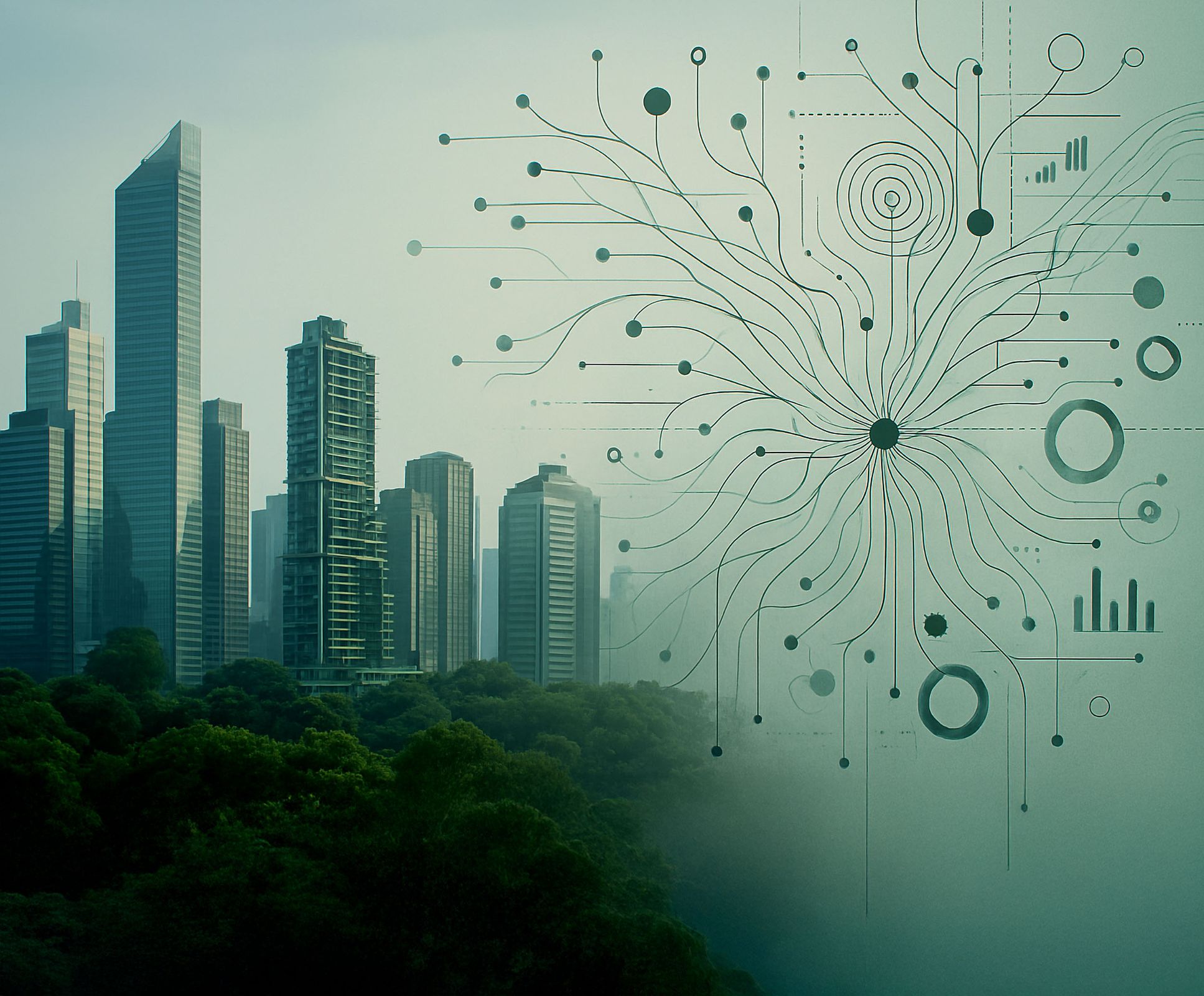In this podcast podcast maker Alexander Prinsen interviews Tom Bosschaert, founder of Except Integrated Sustainability, about how better designed urban systems provide more value for their surroundings. It happens to be 25 years since Tom founded Except Integrated Sustainability and a good moment to reflect on what he has achieved since.
Based on his experiences Tom created the Symbiosis in Development (SiD) framework to help structure innovative solutions that actually provide resilience, autonomy and harmony to organizations. A pragmatic framework to keep the "Feet on the ground and head in the clouds" to ensure an organization is truly sustainable and future proof.
The future is bright as he sees that "The long term investments associated with sustainability are becoming short term enough to match the traditional investment thinking".
Also check out Alexander's other episodes on the website of Masters of Beautiful Achievement.
Takeouts from the conversation
Fascination of systems thinking
It turns out when designing a better future a backgrond as a Industrial Design Engineer and Architecture and Urban Planning is beneficial as systems thinking is integral part of these disciplines. Tom is inspired by the book The Collapse of Complex Societies by Joseph Tainter, Bottom Up (Classic Systems Thinking), Limits to Growth (Club of Rome) and the Tipping points (Stockholm Resilience Centre)
Current global supply chains have become to complex
There are to many cause and effect chains, they are so long and so may intersect each other, that one minor disruption will have global consequences .
Resilience is not yet a KPI for global supply chains, in a world that is unpredictable and increasingly complex.
Growth (and its limits)
What is the limit for growth, (eco)nomic and or personal?
Changing (personal) patterns requires a different mindset
Vision of the future based on possible trends and scenarios based on risks and opportunities
Embrace complexity and accept constant changing parameters, resilience becomes imperative
Orchid City model (fully sustainable self-sustaining city model)
- 12 agricultural systems
- Symbiosis of various nutrient systems to close nutrient loops
- Industrial waste streams are used as input for new products
- Input – output – input
- Proven technology
- Adaptive systems
- Climate adaptive urban development
Biology
Plants actually clean the air using static electricity and transport the molecules to their roots where the microbes do the rest. So the tree needs real living (full of microbial life) soil. When one uses hydro beads as soil substitute, there are no microbes present to do the cleaning up for the plant and the static electricity cannot discharge in the soil. Office plants using hydro beads as such are not really living and thus also not cleaning the air. It is amazing that plants use the static electricity to charge themselves in order to grow upward, so on needs to ensure there is sufficient potential difference between the soil, roots and the upper part of the plant.
Framing of concepts
There is a need to go back to the roots of the meaning of words, like sustainability, circular economy and re-generative. The true meaning is getting lost under the weight of marketing who wants us to stay confused and lose focus. Where as in essence the concepts are really simple if you are willing to stick to it. Tom brings it down to 3 main characteristics: Resilience, Autonomy and Harmony. And this is also very similar to how biology operates.
Reason why SME are the future
SME’s are fast enough to move, have enough decision making power and have patient investors.
Reporting compliance vs real sustainability
ESG reporting is not the same as working on sustainably, it is an audit method to value the level of compliance to the certain standards.
Real sustainability requires a vision of the future, a set of ethics codes and the willingness to make it happen.
June 12, 2025




